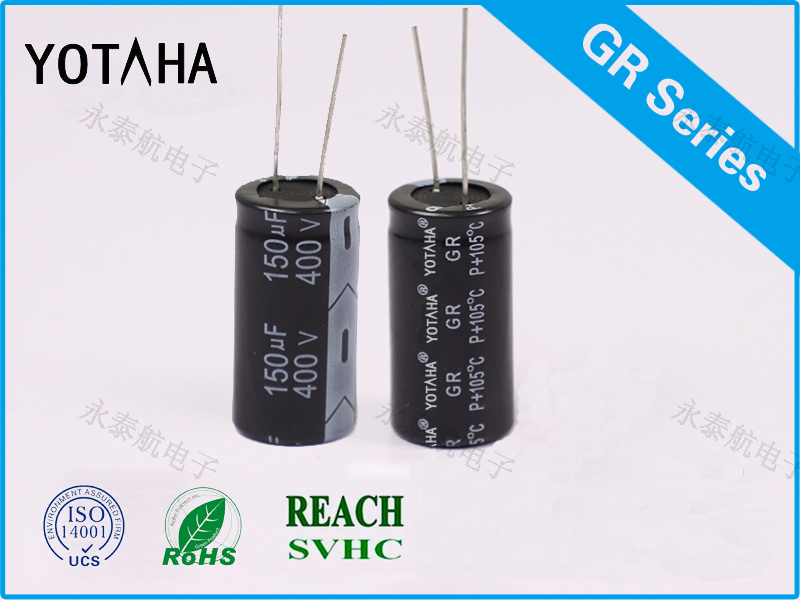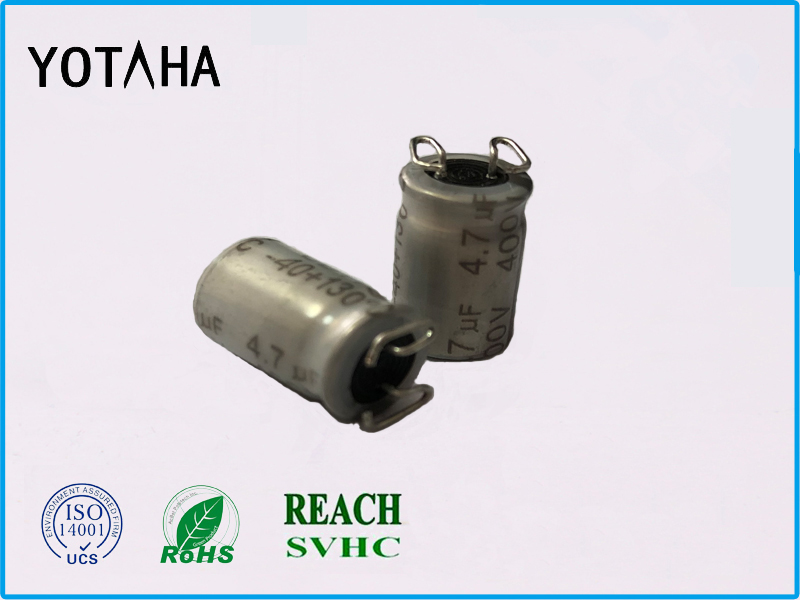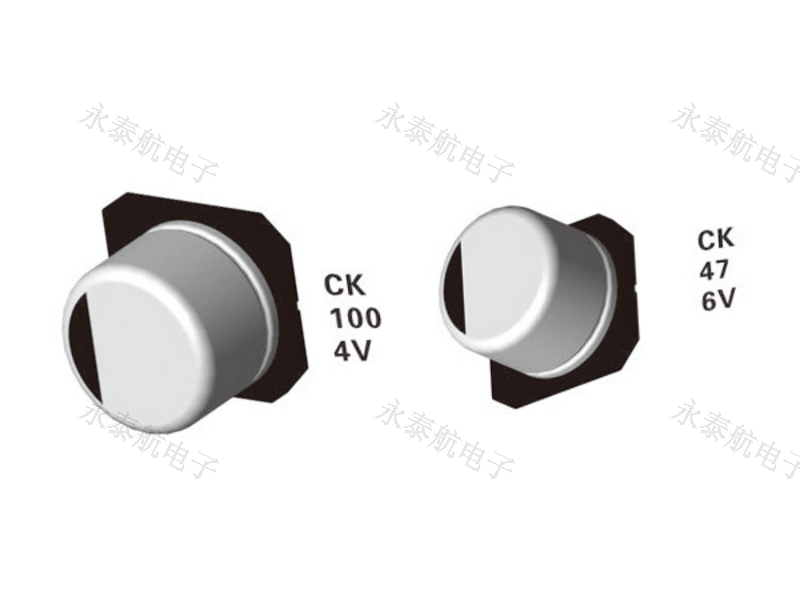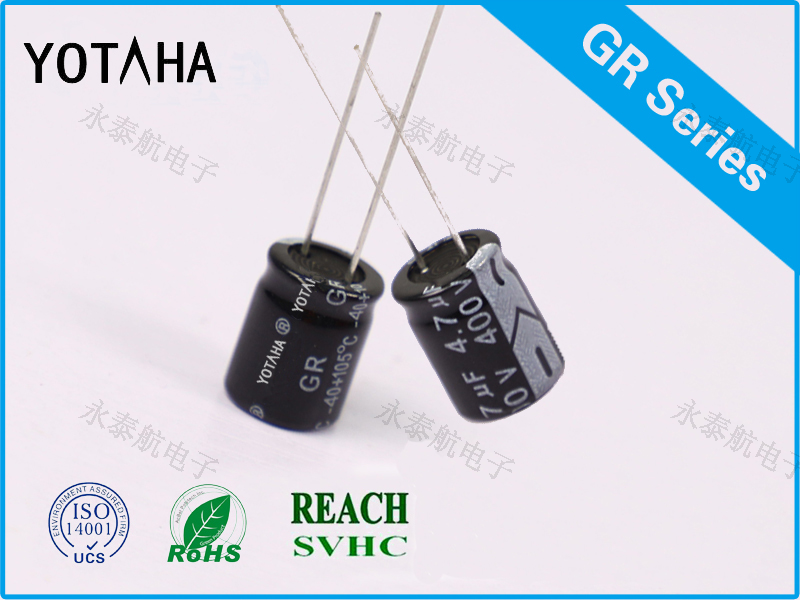1. Rated voltage, peak voltage
The voltage waveform applied to the DC capacitor has a DC part and an AC part. The sum of the maximum voltage of the DC part and the peak voltage of the AC part should not exceed the rated DC voltage value during use.
2. Frequency
Capacitors are affected by frequency, especially the relationship between the capacitor's allowable current and frequency. Because when the frequency continues to increase, the effective cross-sectional area of the electrodes and wires decreases inversely proportional to the square root of the frequency, that is, skin effect occurs. The metal resistance of the capacitor is greatly increased, that is, the equivalent series resistance increases, which often causes internal Excessive heat causes failure.
3. Capacity
When the capacitance is particularly large, or the voltage is particularly high, several capacitors are often used in parallel or in series. At this time, it is necessary to pay attention to the wiring between the capacitors to be as short as possible to reduce the inherent inductance.
Fourth, the ambient temperature
The higher the operating environment temperature of the capacitor, the higher the failure rate, and the shorter the service life. Especially when the temperature exceeds the upper limit category, due to accelerated aging of the medium, product heat and sealing damage, etc., will accelerate the failure of the capacitor.
5. Humid environment and changes in air pressure
When the capacitor is used in a situation where the air pressure changes rapidly, or the capacitor is in a humid environment for a long time, the package casing should be quite strong, and no moisture can enter the insulating medium to deteriorate the performance of the capacitor.
6. Rated current, peak current
The magnitude of rated current and peak current directly affects the professional design of capacitors.






